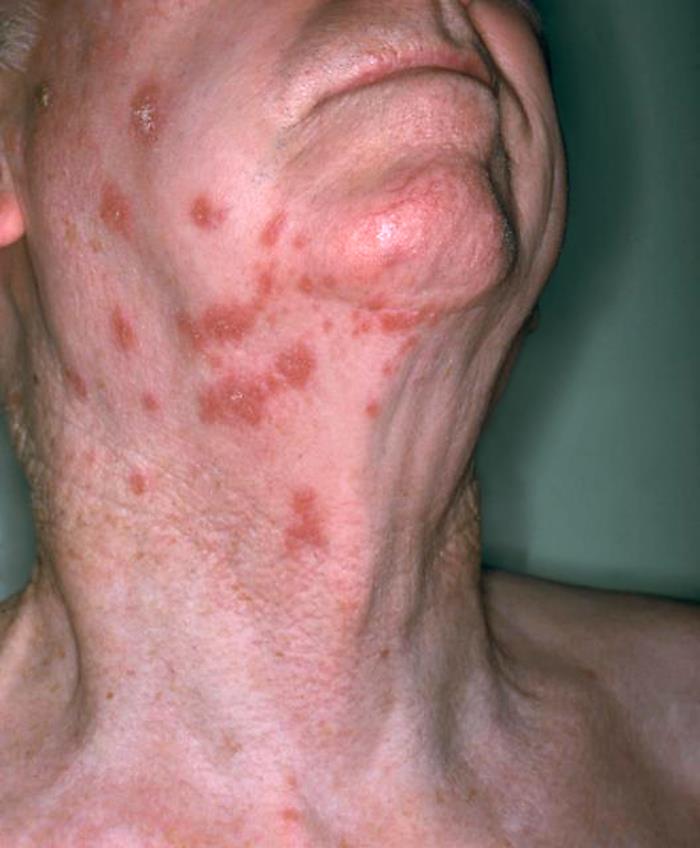GlaxoSmithKline announced Friday that Shingrix has been approved in Canada for the prevention of shingles (herpes zoster) in people aged 50 years or older. Shingrix is a non-live, recombinant subunit adjuvanted vaccine given intramuscularly in two doses.

Shingles is caused by reactivation of the varicella zoster virus, the same virus that causes chickenpox. A person’s risk for shingles increases sharply after 50 years of age. Nearly all adults over 50 have the shingles virus dormant in their nervous system, waiting to reactivate with advancing age. Up to one in three Canadians will develop shingles in their lifetime.
“One of the biggest challenges in vaccine research is to create vaccines that are effective in older adults who are at greater risk for certain diseases, like shingles. As we age, our immune system loses the ability to mount a strong and effective response to infection. Shingrix was developed specifically to overcome the age-related decline in immunity against the varicella zoster virus,” said Dr Thomas Breuer, Senior Vice President and Chief Medical Officer of GSK Vaccines.
Shingrix is the first shingles vaccine to combine a non-live antigen, to trigger a targeted immune response, with a specifically designed adjuvant to generate a strong and sustained immune response.
Shingles is caused by varicella zoster virus (VZV), the same virus that causes chickenpox. Nearly all older adults have the VZV dormant in their nervous system, waiting to reactivate with advancing age. As people age, the immune system loses the ability to mount a strong and effective response to infection.
Shingles typically presents as a rash, with painful blisters across the chest, abdomen or face. The pain is often described as aching, burning, stabbing or shock-like. Following the rash, a person can also experience post-herpetic neuralgia (PHN), pain that can last for months or years. PHN is the most common complication of shingles, occurring in up to 30 percent of all shingles cases.
Shingles affects approximately 130,000 Canadians annually.
Related:
- ‘What is a virus?’ and other questions answered
- Halloween costumes: The health risks of novelty contact lenses
- GSK shingles vaccine receives FDA approval for adults 50 and over
- Shingles of the eye: NYU leads multi-center clinical trial for new treatment
- Shingles 101: Signs, symptoms and pain management
- Increased risk of shingles may be linked to childhood asthma: Mayo researchers


